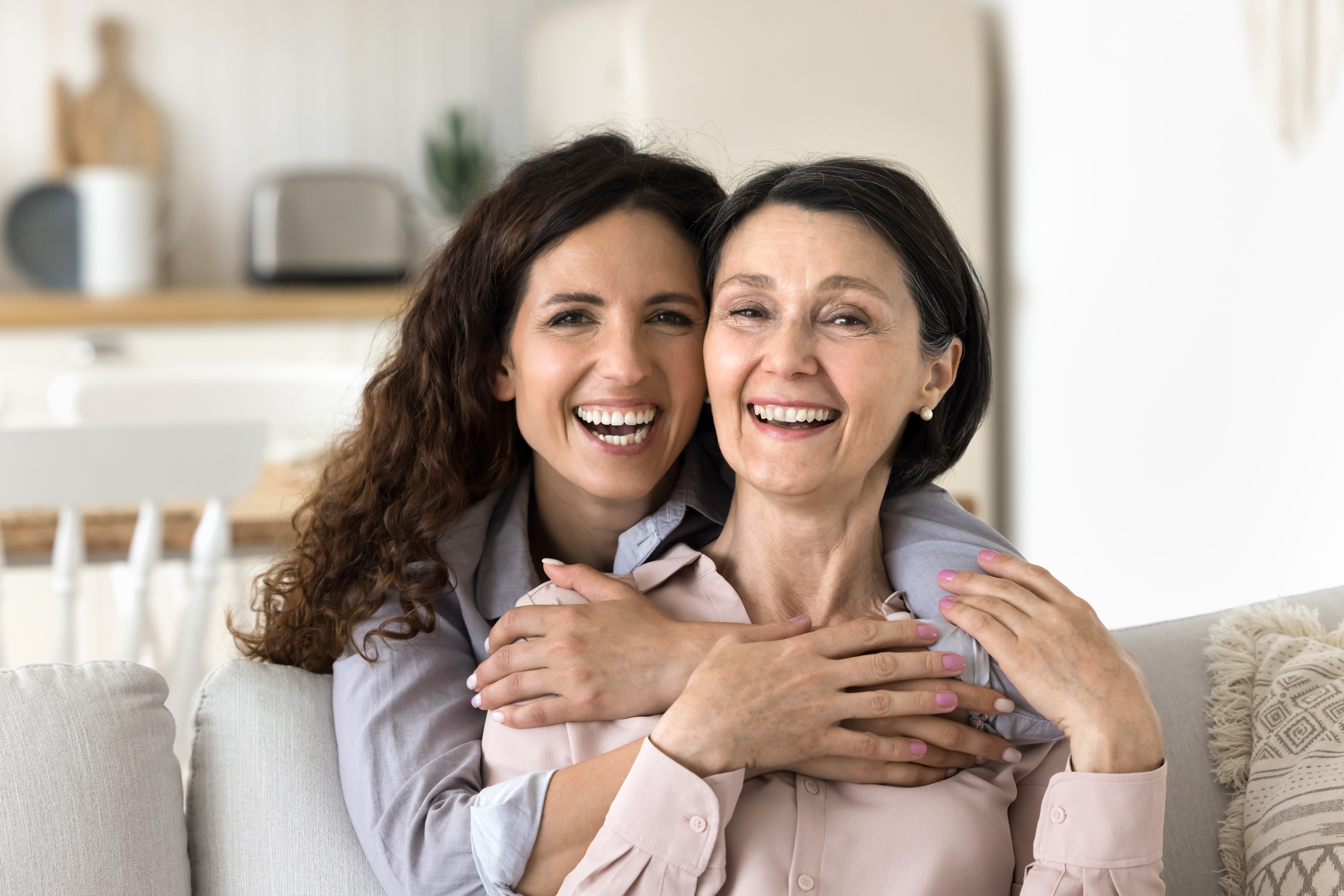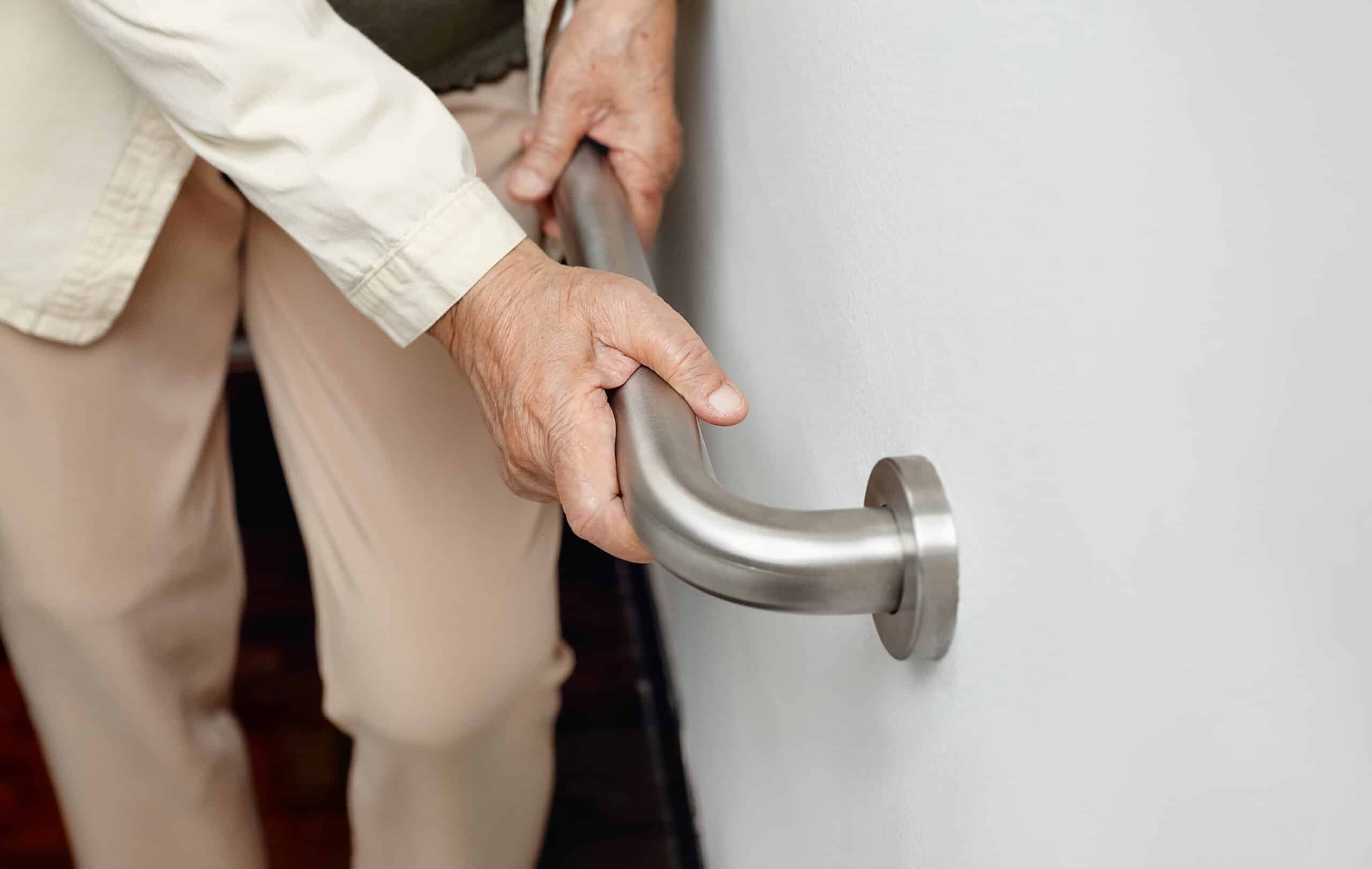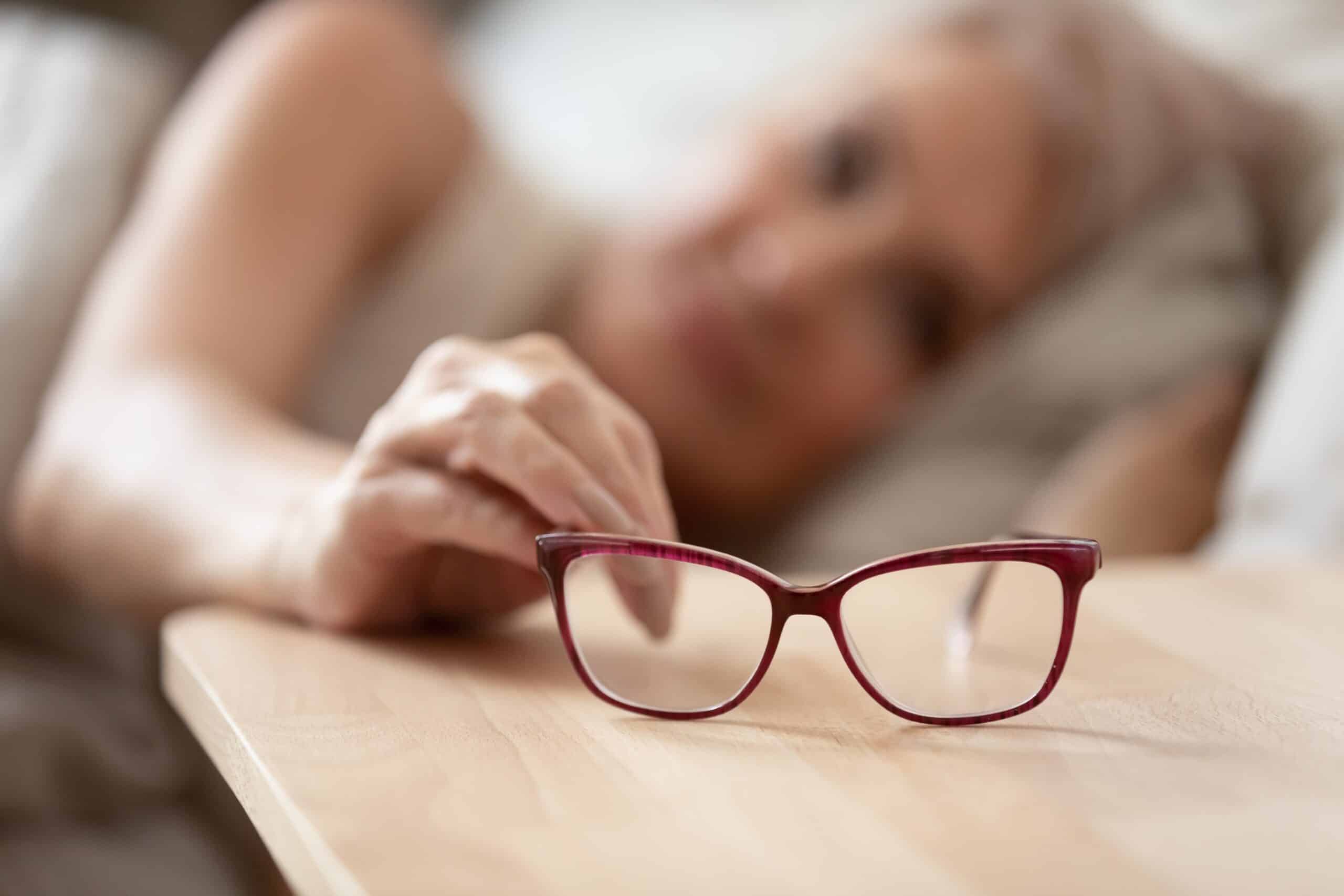
When your parent chooses to age at home, it’s natural to think about how safe they will be at home every day. Many families might ask themselves: How do we honour their independence while making sure the space protects them from risk? It’s a balance that brings peace of mind to you and comfort to them. Balancing a loved one’s independence with their safety is never simple, but it’s a journey most families share. While aging in place offers familiarity and freedom, it can also introduce new safety challenges. Fortunately, many of these can be addressed with thoughtful modifications, often without dramatic renovations.
Many older adults face daily challenges at home, whether navigating safely from room to room or recalling small details, which can quickly escalate into bigger risks. The good news is that small, thoughtful changes throughout your parents’ home often make a world of difference.
Assessing Home Safety Needs
Walking through your parents’ home together can reveal more than cracked tiles or dim lighting; it also shows them you’re committed to their safety while respecting their independence. When families approach safety as a partnership, it helps protect loved ones while reassuring them that their voice matters in every decision.
- Slippery Surfaces: Can you find any cracked tiles, uneven flooring, or rugs stacked on top of each other that could risk tripping?
- Dark Areas: Are there lightbulbs that need replacing or rooms with low lighting that make it hard to see sharp corners or other furniture pieces?
- Mobility Support: Does your parent require any modifications in their home? Such as support for getting in and out of bed, and installing a stairlift or shower chair?
- Prompt Assistance: Is there a situation where your loved one would need you and cannot reach you, if there’s an emergency or they lose your phone number?
Connecting with a professional for care management planning could help you assess your parent’s home’s safety while simultaneously evaluating whether your parent may need additional in-home support. Involving them in this process helps ensure they have a say in their own care, making the transition smooth and empowering them to feel more comfortable with changes.
Need help spotting risks in your parents’ home? Get in touch with our team, and they can guide you through a personalized safety review.
Fall Prevention: Reducing the Risk of Slips and Trips

A single fall can change everything; it may lead to hospital visits and extensive recovery times. Preventing falls isn’t only about avoiding getting hurt; it’s also about protecting your parent’s confidence and freedom at home. Clearer lighting, clutter-free walkways, and sturdy handrails may seem like small adjustments, but they can mean the difference between independence and uncertainty.
- Use Non-Slip Flooring: Replace slippery rugs and add non-slip mats in high-foot-traffic areas.
- Improve Lighting: Install brighter bulbs and motion-sensor nightlights throughout the home for better visibility.
- Clear Clutter: Keep hallways and walkways clear of cords to prevent the risk of trips.
- Install Handrails: Consider adding handrails in essential areas, such as for staircases, hallways, or bathrooms.
Bathroom Safety
Bathrooms often hold the highest risks, where moisture and hard surfaces meet. Simple upgrades like walk-in showers or supportive grab bars aren’t just practical; they can give your loved one confidence to move around safely and reassure you that daily routines won’t lead to stress or injuries.
- Install a Walk-In Shower or Tub: Eliminate the need to step over a high bathtub edge.
- Add a Shower Chair and a Handheld Showerhead: Enhancing shower safety, making them more stable and comfortable.
- Place Non-Slip Mats and Grab Bars: Reduce the risk of slipping on wet floors while exiting the shower.
- Raise The Toilet Seat: Creates easier access for seniors with mobility challenges.
Bedroom and Living Room Safety

These are the places your loved one spends the most time. Making these areas both safe and functional supports better rest, comfort, and day-to-day independence.
- Bed Accessibility: Opting for an adjustable bed or bed rails for easier movement.
- Seating Adjustments: Use firm, high-seated chairs with armrests to help with standing up.
- Keep Essentials Within Reach: Place frequently used items on bedside tables or within arm’s reach.
- Install Motion-Sensor Lights: Help seniors navigate at night without needing to find a light switch in the dark.
Kitchen Safety
For seniors who enjoy cooking or preparing their own meals, the kitchen should feel safe and accessible. These changes support continued independence while minimizing risks.
- Reorganize Cabinets: Keep frequently used items at waist level to avoid reaching or bending.
- Install Anti-Scald Devices: These safety mechanisms can be installed in kitchen pipes to prevent scalding hot water, reducing the risk of burns.
- Use Automatic Shut-Off Appliances: Many appliances, such as ovens, or smaller appliances like toasters, come with a built-in mechanism that shuts off if not in use. Crucial for preventing accidental fires.
- Add a Sturdy Chair or Stool: Keeping a handy chair nearby could allow them to sit while cooking.
Entryways and Outdoor Safety
Outdoor hazards are often overlooked, but uneven steps, poor lighting, or heavy doors can quickly become barriers. Here’s how to ensure getting in and out of the house is always safe and stress-free.
- Install Ramps or Railings: These are essential for wheelchair or walker accessibility.
- Non-Slip Surfaces: Add textured mats or outdoor grip tape to steps and porches.
- Keyless Entry Systems: A fob reduces the need to fumble with keys; it’s also light enough to wear around the neck like a necklace.
- Well-Lit Pathways: Allow for seeing the steps outside the home at night and prevent trips.
Emergency Preparedness and Smart Technology

No one wants to imagine emergencies, but preparing for them brings comfort on both sides. Whether that’s adding smart lighting that makes nights easier to navigate, or a medical alert system that can immediately connect your parent to help, these tools mean you can step back knowing they’re safe, even when you’re not nearby.
- Medical Alert Systems: Wearable devices or in-home emergency response systems can alert nearby family members of crises.
- Voice-Activated Assistants: Let your parent answer calls or play music without having to get up.
- Smart Locks: Remove the stress of fumbling with keys and make unlocking the front door easier and safer.
- Automated Lighting: Automatically brightens hallways or rooms to reduce the risk of trips and falls.
- Emergency Contact List: Ensure phone numbers are easily accessible, located somewhere that won’t get lost, and have backup copies.
- Fire Safety Measures: Ensure smoke detectors are in place and that they have a clear path with no obstruction to escape.
Safety Isn’t a One-Time Fix But an Ongoing Conversation
Supporting your parents as they age at home isn’t one big project, it’s about small, ongoing choices that keep them safe while protecting their independence. Each adjustment eases your family’s stress while giving them the freedom they value most. And when the time comes for extra support, knowing you have a responsive care team to lean on makes the journey less overwhelming for everyone.
For families navigating this journey, a proactive approach can ease the emotional and logistical weight of care. It’s okay if you’re not sure where to start; that’s where thoughtful support can make a difference.
Need help putting a plan into action? Reach out to our care team for guidance from someone who understands what your family’s going through. If more support is needed, our live-in care services can offer a seamless solution that prioritizes both safety and dignity.
About The Author
Stephen Bleeker
Stephen Bleeker is dedicated to redefining senior care as the CEO and founder of Assurance Home Care. His passion for enhancing the quality of life for seniors is at the heart of the company’s mission, which focuses on supporting aging in place through compassionate, personalized care. With a diverse background spanning music, lifestyle, and entertainment, Stephen brings a unique blend of creativity and strategic insight to the healthcare industry. His knack for innovation, customer experience, and holistic marketing has consistently led to exceptional outcomes, making him a dynamic leader who’s transforming how care is delivered.